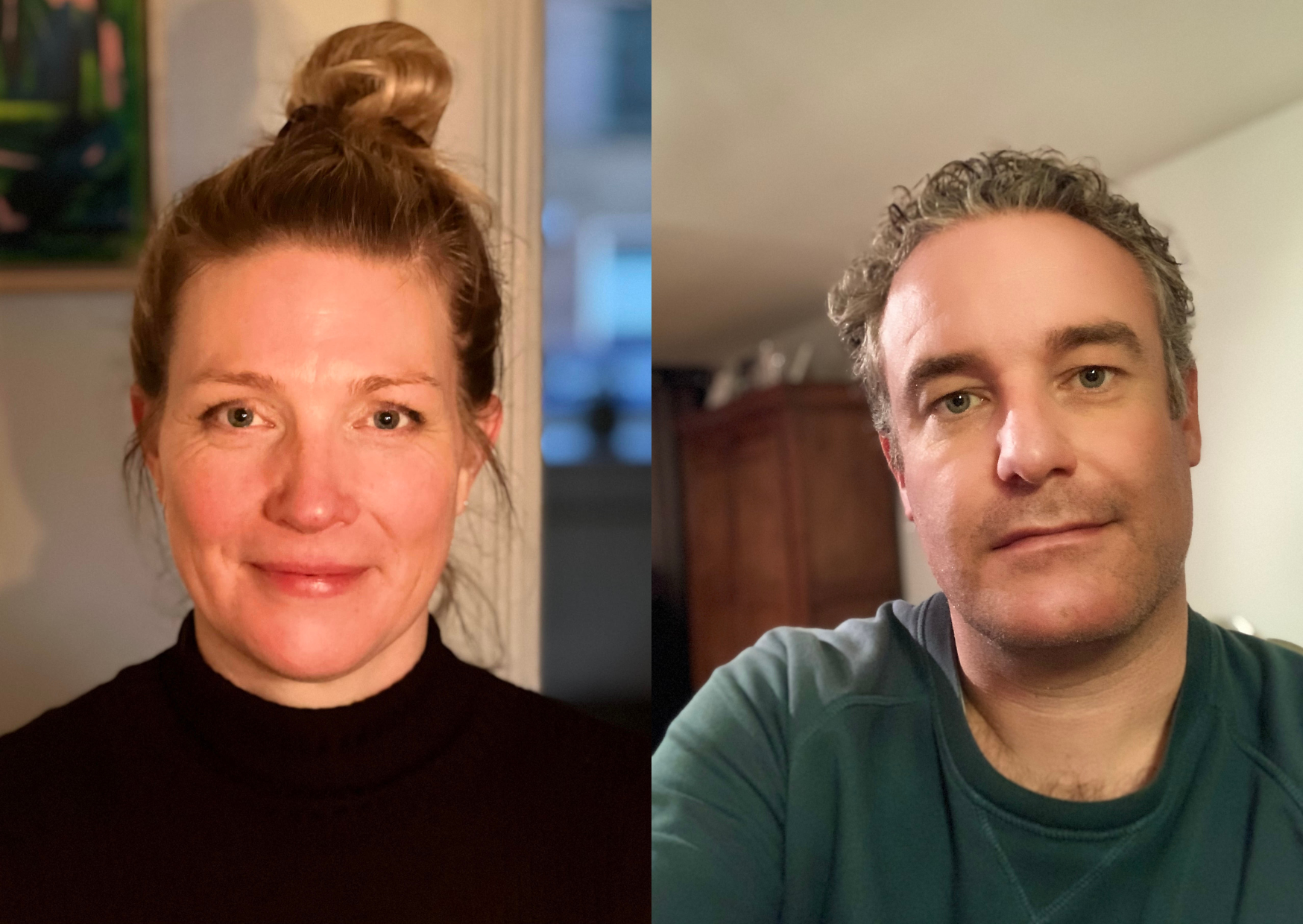
Local authorities play a fundamental role in digital government service delivery, representing the front office of government as a whole. However, few local authorities have formal service standards for user-centric service design due to lacking fundamental tools.
While many local authorities have issued design guidelines for making user-centricity happen, most lack the essential monitoring and enforcement tools to assess their implementation. UserCentriCities works locally to encourage citizens’ involvement in creating public services and making them an integral part of digital government. The UserCentriCities Dashboard aims to offer a solution by monitoring the services of partner cities.
Utrecht joined the Dashboard and network to exchange practices and learn from other municipalities. The city is currently optimising its website following a user-friendly approach and working on an open-source solution such as a virtual assistant developed with 22 municipalities within the Netherlands.
We chatted with Astrid Brantjes and Peter-Paul Hellings, both Project Managers at the City of Utrecht.
What is Utrecht’ current approach to user-centric systems to make contact with citizens more efficient?
Peter-Paul Hellings – Everything starts with understanding the residents’ perspective – what they want and, what they need. For example, if you look at the website, all points to what information you need to get a specific task done, such as applying for a new passport. However, what happens when a resident switches channels, for example, from live chat to phone? Do they have to start their conversation all over again, or do we have a way of knowing who the person is and that they are applying for a passport?
How do we, as an organisation, manage our channels to service residents? What can we do, and what are we allowed to do to deliver the omnichannel experience? At the moment, this is one of the significant challenges we are working on.
Astrid Brantjes – One of the approaches that we use to measure our user-centricity is interviewing residents on the street. We ask people what they think of certain services that we deliver. Next to interviews, we use data and feedback loops to create customer journeys to truly understand the residents’ needs to then adjust our services.
PH – This approach has gotten much better over the last few years. Nowadays, we can access more and various sources with data. This gives us better insights. The challenge is to implement all lessons learned from the data and journeys.
Given those challenges, what will you expect in UserCentriCities?
AB – We joined UserCentriCities at the beginning of this year, which means we are still new to the project. During the last session in Rotterdam, the network discussed the challenges we face as municipalities, we found common ground on these challenges and shared our experiences in certain areas. This resulted in our engagement in the network by remaining connected with the other UCC cities and looking for opportunities to collaborate or co-create on specific topics in the future.
PH – On a national level, we work with 22 other municipalities on a virtual assistant (GEM). Every city has its own wishes or ideas. In collaboration, we bring everything together. This way, we better understand the different challenges and suggestions that will benefit the product and our residents.
These kinds of collaborations are what I expect from meeting other European municipalities. This could even be the simple question ‘What’s your challenge?’ around a specific topic. Listening to their experiences and understanding the best solution for the future. Sharing knowledge could help local government, especially with the constant change and possibilities with different technologies.
To give you another example. At the moment we’re researching the future of our website. Some people say the website is already perfect as it is, and we could make a few adjustments to make things a little bit better. However, I expect the future website will have a different experience with another look and feel.
Next to the Dutch findings on the possible future website, it will be interesting to hear from other European cities what their expectations and visions are.
Is there any concrete example that inspired you? Any municipality that you have as a reference?
AB – We already work closely together with Rotterdam on several innovations. During the UserCentriCities meeting in Rotterdam, I found it interesting to hear the experiences and challenges of getting the residents’ voices in the organisation. How can we know what is truly going on with the silent majority? That is a challenge that came forward at all cities that I spoke to, so I’m really interested if there’s going to be a follow-up on that matter and see if we can exchange experiences.
Also, I’m interested in joining the UserCentriCafé. I see the UserCentriCafe as a new vehicle to discuss specific innovations or challenges we face with our European peers. And I am curious to see how other cities respond to them. The knowledge throughout the different cities is an excellent addition to us.
In a more general view, why would you say placing the user at the centre is essential?
PH – That is why I get up every day. It is as simple as that. Everything I do is with the view of the resident in mind. It can be a cafe owner who is applying for a permit. Or someone who temporarily needs money to provide housing or meals. The resident, my neighbour, is where it all starts.